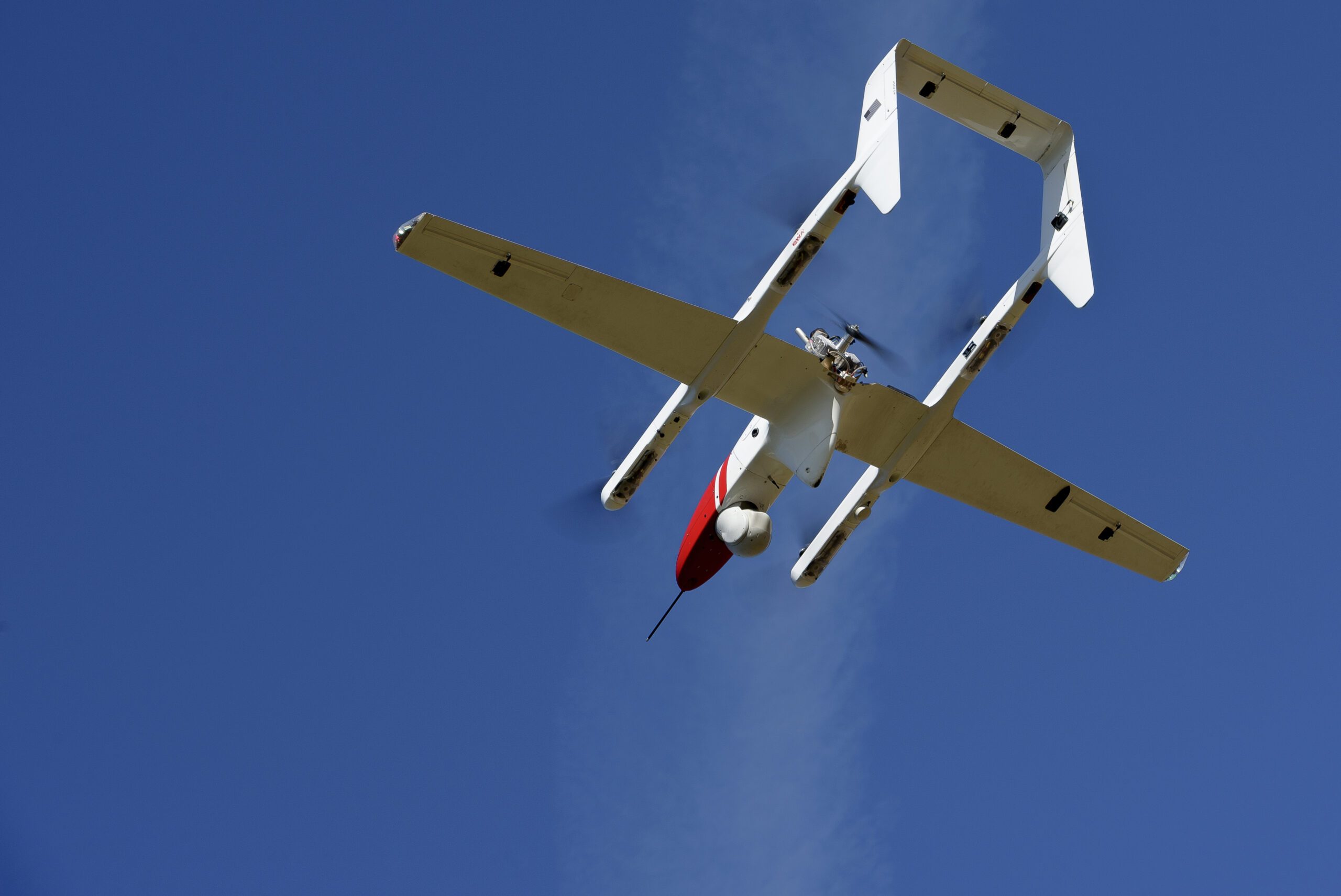Dronelife
1M
137

Image Credit: Dronelife
NASA Advances Drone Technology for 24/7 Wildfire Response
- NASA is collaborating with wildfire response teams to create advanced drone technology that can enable 24-hour fire suppression operations.
- Aerial firefighting at present is limited to daylight hours because of visibility issues at night and the additional risk of hitting terrain or other flying objects.
- NASA is testing airspace management technology that will enable drones to operate around the clock safely, even when visibility is limited.
- The Portable Airspace Management System (PAMS) consists of a secure set-up for drone pilots, including an ADS-B receiver, a computer, and a mesh radio network for easy communication between nodes and, most importantly, an automated way of developing flight plans to minimize any airborne collisions.
- Scientists working on the Advanced Capabilities for Emergency Response Operations (ACERO) program hope to refine these concepts with more testing, with the long-term goal to transfer the technology to firefighting agencies for use in suppressing wildfires and reducing their impact.
- At NASA's Ames Research Center, three PAMS units were compatible, and researchers verified each other's flight paths, ensuring that every system had shared information through a mesh radio network.
- The PAMS is ideally developed into a rugged, portable container that can be used in various weather conditions, making it easy to deploy in the field.
- PAMS soon passed trials held to evaluate its effectiveness, including one in Monterey Bay Academy Airport in Watsonville, California, where battlefield simulations were held, and real-world firefighting scenarios were made.
- By sharing real-time data about aircraft location, the airborne relay is fast becoming an essential tool for anyone involved in wildfire operations.
- The PAMS offers valuable references for analyzing the development of air defense operations concerning firefighting in the coming years.
Read Full Article
8 Likes
For uninterrupted reading, download the app